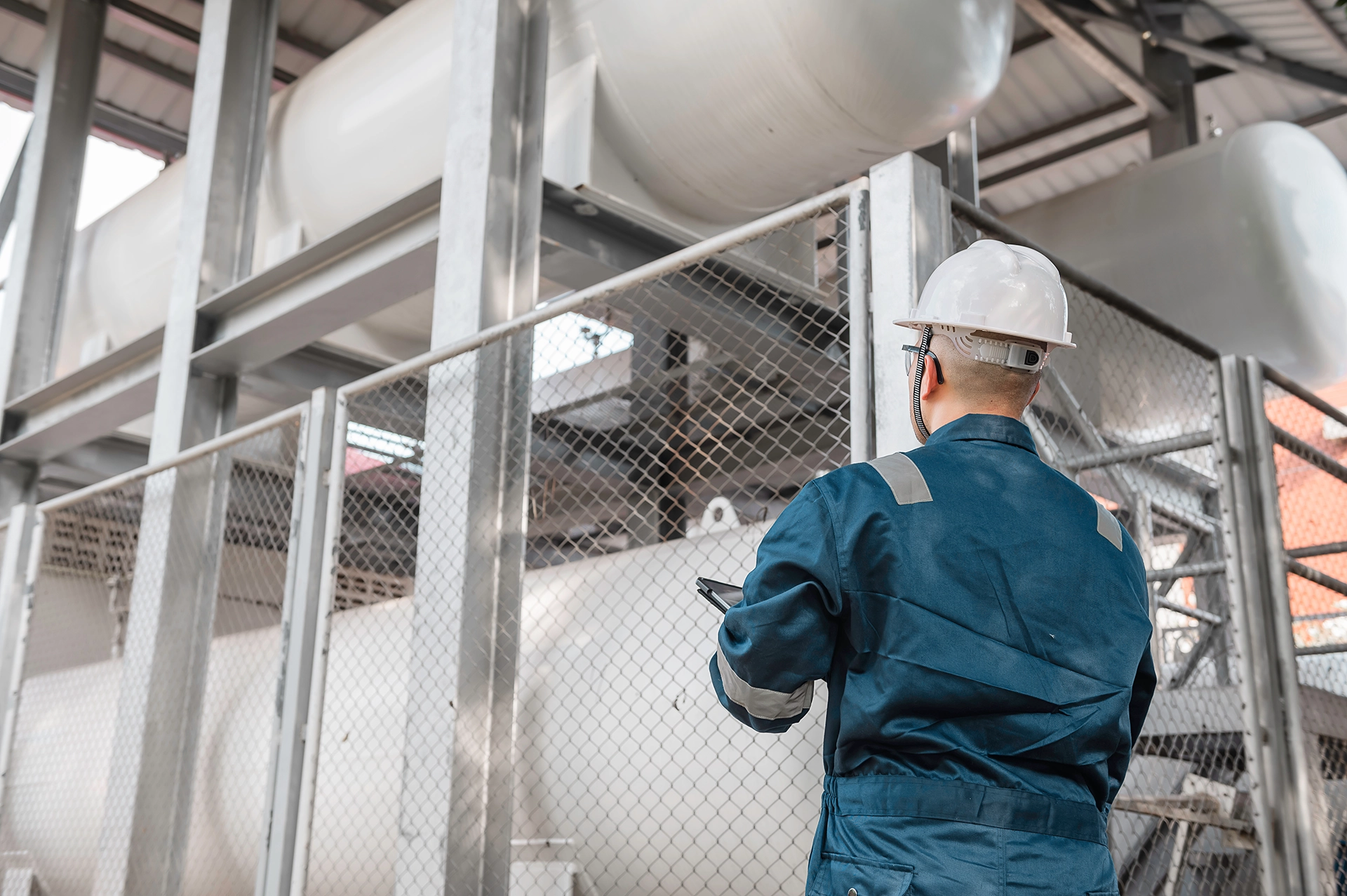5 Essential Steps to Implement the 5S Methodology and Transform Your Company's Productivity
In an increasingly competitive market, the pursuit of efficiency, quality, and operational safety is relentless. The 5S methodology, a powerful quality management tool of Japanese origin, offers a proven path to achieve these objectives, transforming the work environment and organizational culture. At KGS, we understand that implementing 5S is not just about tidiness but about a profound shift in mindset and processes. We present the 5 essential steps to implement 5S in your company and reap its numerous benefits.
1. Seiri (Sort): The First Step Towards a Clean and Productive Environment
Seiri, or the sense of utilization/selection, is the foundation of the entire 5S process. This step involves the rigorous task of separating the necessary from the unnecessary in each work area. The goal is to eliminate anything that does not add value or is not used regularly, freeing up space, reducing clutter, and making the environment more focused. To effectively implement Seiri, your team should:
Identify: Go through work areas, machines, and cabinets, identifying all present items.
Classify: Determine if each item is truly necessary, useful, and frequently used.
Remove/Dispose: Unnecessary items should be discarded, recycled, sold, or stored in appropriate locations (away from the active production area). This process minimizes waste, reduces storage costs, and improves safety.
2. Seiton (Set in Order): "A Place for Everything and Everything in Its Place"
With only the essential items remaining, Seiton, or the sense of organization, comes into play. This step aims at the logical and efficient arrangement of the materials, tools, and documents that remain. The purpose is to ensure that anyone can find what they need in seconds and return it to the correct place with the same ease. For successful organization, consider:
Define Fixed Locations: Assign a specific location for each item, using visual markings such as labels, colors, or outlines.
Ergonomic Arrangement: Position items according to frequency of use and ergonomics, minimizing unnecessary movements and fatigue.
Visual Standardization: Use visual identification systems (labels, signage) so that the location of each item is intuitive. Seiton reduces search time, improves workflow, and prevents errors.
3. Seiso (Shine): Clean to Inspect and Prevent
Seiso, or the sense of cleanliness, goes beyond mere dirt removal. It transforms cleaning into an inspection and problem prevention tool. The idea is that the work environment, machines, and equipment are regularly cleaned by their own users, who, in doing so, will also be inspecting and identifying anomalies. Practices include:
Regular Cleaning: Establish daily cleaning routines to keep the environment immaculate.
Identify Sources of Dirt: Investigate and eliminate the causes of dirt and disarray, rather than just repeatedly cleaning them.
Equipment Maintenance: Use cleaning as an opportunity to check the condition of equipment, identify leaks, wear, or looseness, and report for maintenance. Seiso improves safety, product quality, and equipment lifespan.
4. Seiketsu (Standardize): The Key to Sustaining Achievements
Seiketsu, or the sense of standardization, is crucial for sustaining the first three S's and ensuring that the achieved advancements are not lost over time. This step involves creating procedures, routines, and norms that standardize the best practices of sorting, setting in order, and shining. For effective standardization:
Develop Visual Standards: Create bulletin boards, checklists, "before and after" photos, and visual guides for each area.
Document Procedures: Develop clear instructions on how to perform Seiri, Seiton, and Seiso.
Continuous Training: Train all employees on the new standards and the importance of following them. Seiketsu ensures consistency, facilitates training of new hires, and makes improvements permanent.
5. Shitsuke (Sustain): Embedding 5S into the Culture
Shitsuke, or the sense of discipline/self-discipline, is the culmination of 5S. This step focuses on maintaining and improving discipline so that the methodology becomes a habit and an integral part of the organizational culture. It's not about imposition, but about everyone's commitment to follow established standards and pursue continuous improvement. To foster Shitsuke:
Periodic Audits: Conduct regular internal audits to assess adherence to standards and identify improvement opportunities.
Recognition and Feedback: Celebrate successes, recognize teams that exemplify 5S application, and provide constructive feedback.
Leadership by Example: Management must demonstrate its commitment to 5S, leading by example. Shitsuke is what guarantees the longevity of the 5S program, cultivating an environment where excellence is the norm.
By following these 5 steps with the support and expertise of KGS, your company will not only optimize its physical environment but also develop a culture of responsibility, engagement, and continuous improvement. Implement 5S and reap the rewards of increased efficiency, safety, quality, and productivity that will drive your long-term success.
Share:
